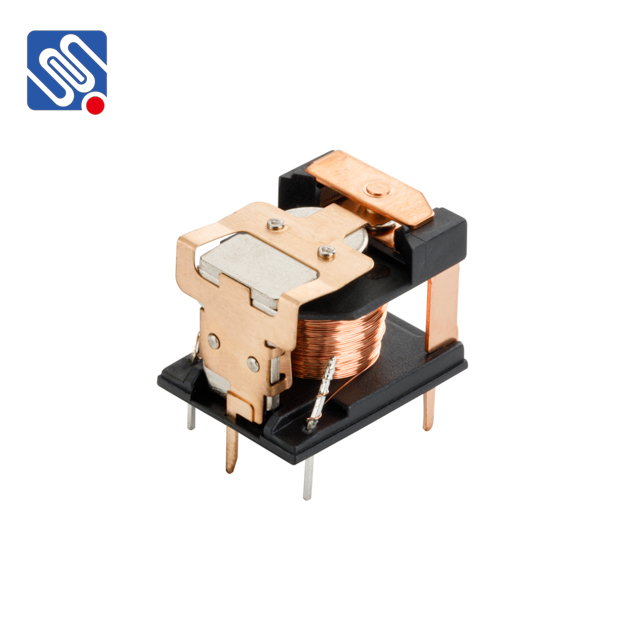relay comparison: a focus on meishuo relay systems
Release time:2025-06-09 00:32:59
In the world of electrical and mechanical systems, relays are crucial components used for controlling circuits by opening and closing contacts in response to an input signal. They find applications in a wide range of industries, from automotive to industrial machinery. This article aims to compare different relay systems, with a special emphasis on Meishuo relays, highlighting their unique features and advantages over other types of relays.

Understanding Relays
Before diving into the comparison, it’s important to first understand what a relay is. A relay is an electrically operated switch used to control a circuit. When the input current flows through the relay's coil, it generates a magnetic field that moves a set of contacts, either opening or closing the circuit. Relays can be mechanical or solid-state, and their primary purpose is to control high power or voltage circuits using low power or voltage signals.
Types of Relays
There are several types of relays, each with its own characteristics. These include electromagnetic relays, solid-state relays (SSRs), and thermal relays. Electromagnetic relays are the most common, consisting of a coil, armature, and contacts that physically move when activated. Solid-state relays, on the other hand, use semiconductor components instead of mechanical moving parts to control the circuit, offering faster switching and longer lifespans. Thermal relays are typically used in overload protection applications, as they respond to heat generated by excessive current.

